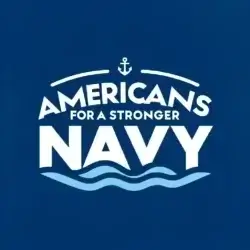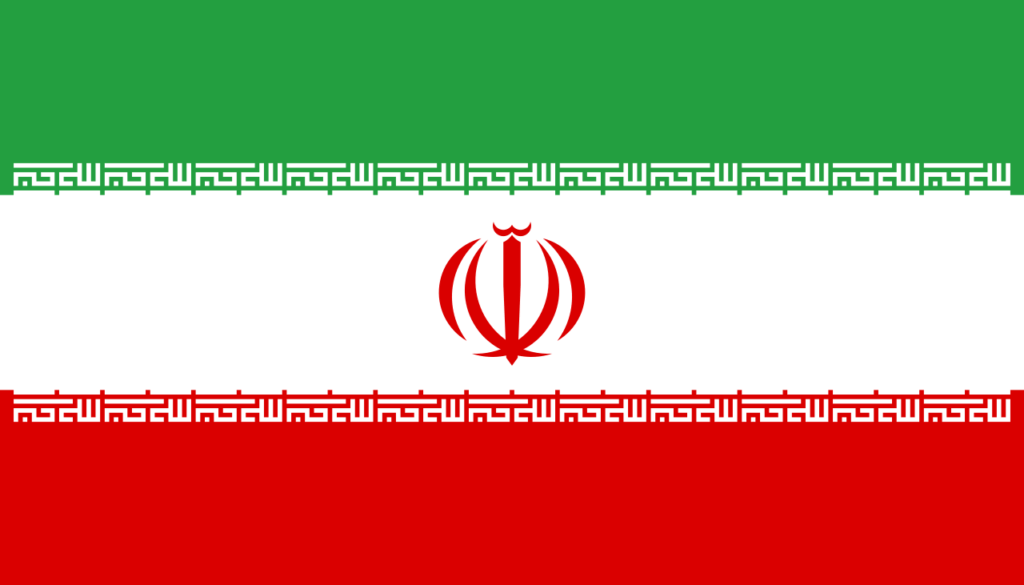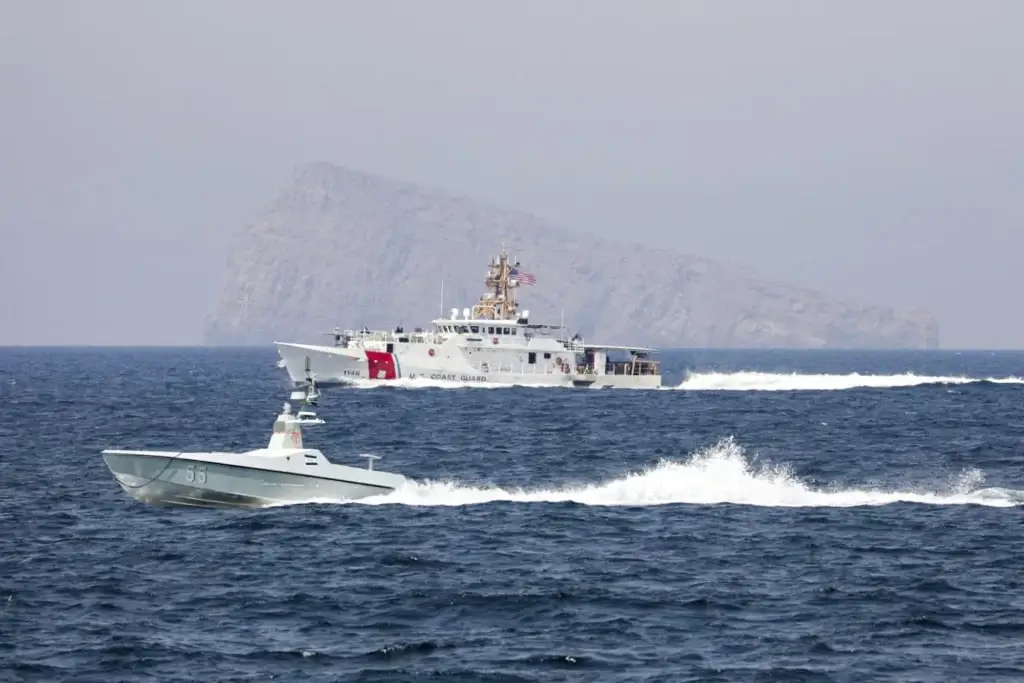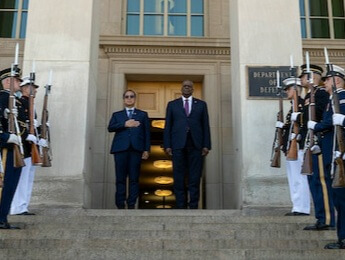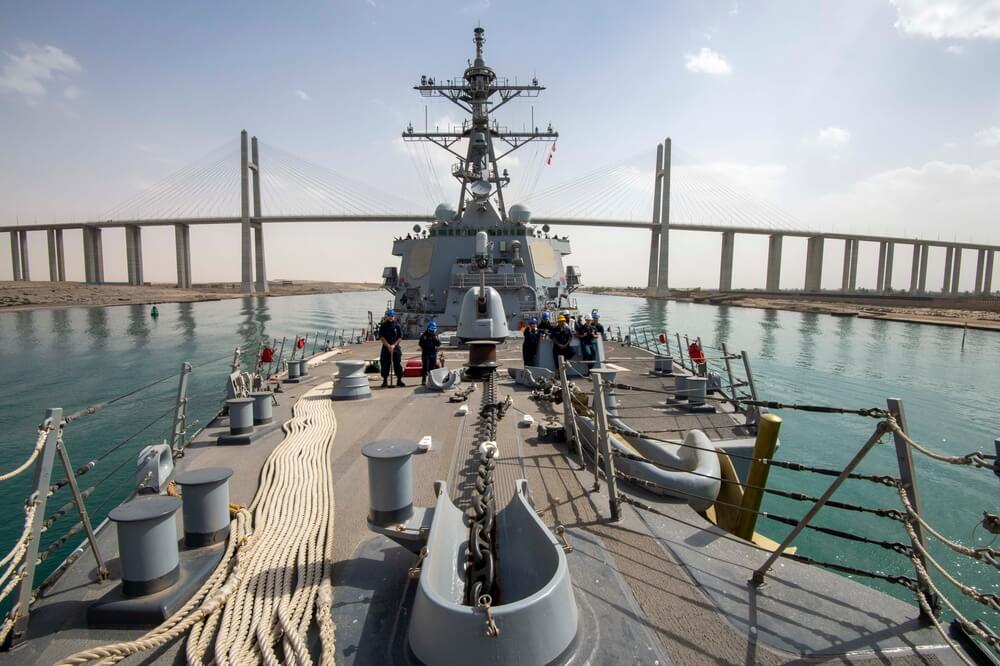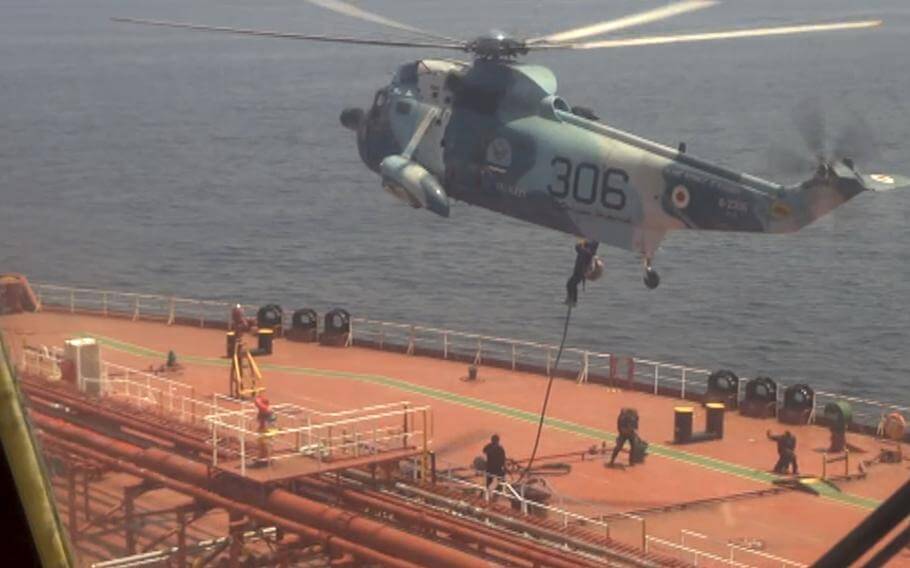
The US seizure of an oil vessel carrying Iranian crude oil and bound for China triggered Iran’s decision to capture a US-bound tanker on Thursday, according to sources.
The US Department of Justice seized the tanker, the Suez Rajan, under a court order with the cooperation of at least one company involved with the vessel.
The tanker has been the subject of scrutiny since it was accused last year of taking on board a cargo of Iranian oil, then intended for China, from another ship near Singapore.
The US action towards the Suez Rajan sheds new light on Iran’s decision to capture the Advantage Sweet, a US-bound tanker of Kuwaiti crude that was chartered by Chevron.
The US interest in the vessel arose because the ship is owned by Fleetscape, an affiliate of US-based Oaktree Capital. That contrasts with the so-called “ghost fleet” of vessels usually used to move Iranian oil.
Key points:
- US authorities ordered a tanker of Iranian crude oil to redirect towards the US, prompting Iran’s decision to capture a US-bound tanker of Kuwaiti crude that was chartered by Chevron.
- The US Department of Justice seized the tanker, the Suez Rajan, under a court order with the cooperation of at least one company involved with the vessel.
- The US seizure will raise questions about whether US-linked operators were given sufficient warning of the potential increased dangers of sailing ships close to Iran.
- The Suez Rajan’s alleged involvement in the trade in Iranian oil was revealed in 2022 by United Against Nuclear Iran, a pressure group.
- The US interest in the vessel arose because the ship is owned by Fleetscape, an affiliate of US-based Oaktree Capital.
Key takeaways:
- The US seizure of the Iranian oil vessel triggered Iran’s decision to capture a US-bound tanker of Kuwaiti crude that was chartered by Chevron.
- The Suez Rajan’s alleged involvement in the trade of Iranian oil was revealed in 2022 by United Against Nuclear Iran, a pressure group, leading to a civil legal action in Manhattan.
- The US interest in the vessel arose because the ship is owned by Fleetscape, an affiliate of US-based Oaktree Capital, which contrasts with the so-called “ghost fleet” of vessels usually used to move Iranian oil.
Conclusion:
The US seizure of the Iranian oil vessel and subsequent retaliation from Iran highlights the tensions between the two nations and the increasing enforcement of sanctions on Iran. The involvement of US-linked operators and the alleged trade of Iranian oil by the Suez Rajan raises questions about the effectiveness of sanctions and the need for increased transparency in the shipping industry.
The Americans for a Stronger Navy’s mission to inform and inspire readers to subscribe is even more important in light of these recent events as a strong navy is essential in protecting the US’s interests and maintaining peace in the international waters.
Facts:
- US authorities redirected a tanker of Iranian crude oil towards the US, prompting Iran’s decision to capture a US-bound tanker of Kuwaiti crude chartered by Chevron.
- The US Department of Justice seized the Suez Rajan, a tanker accused last year of taking on board a cargo of Iranian oil, under a court order with cooperation from at least one company involved with the vessel.
- The Suez Rajan’s alleged involvement in the trade in Iranian oil was revealed in 2022 by United Against Nuclear Iran, a pressure group, leading to a civil legal action in Manhattan.
- The US interest in the vessel arose because the ship is owned by Fleetscape, an affiliate of US-based Oaktree Capital, which contrasts with the so-called

